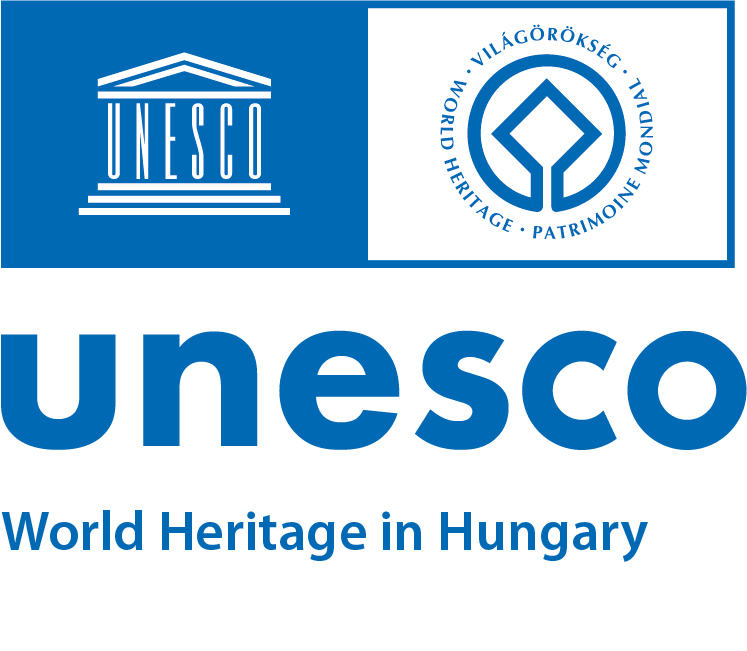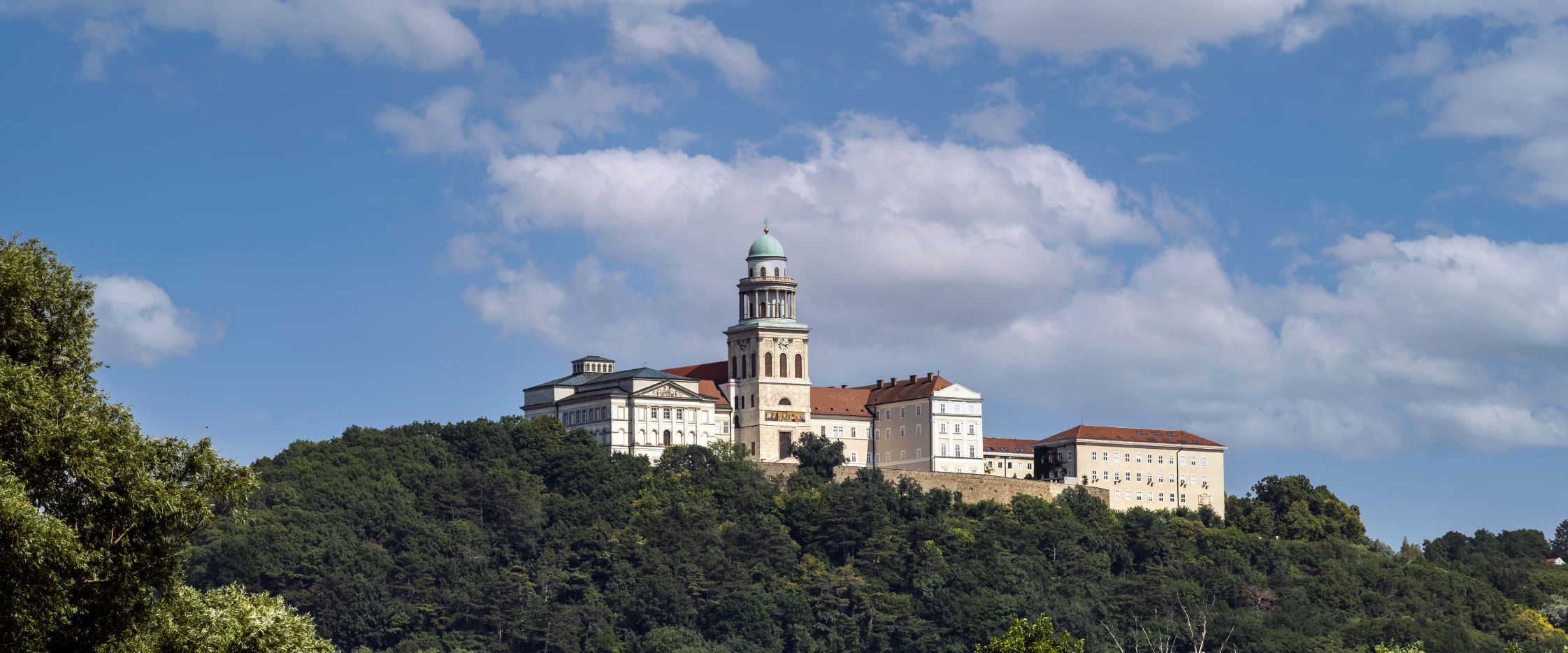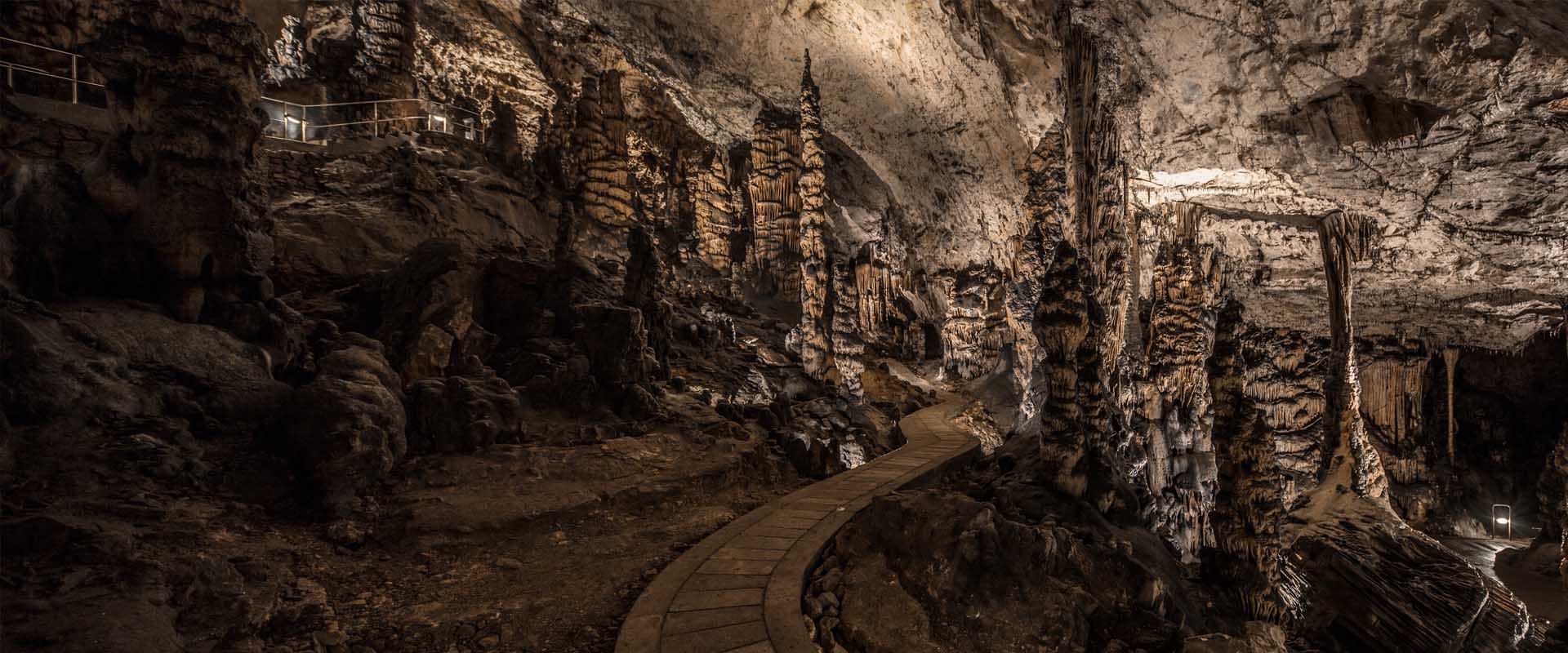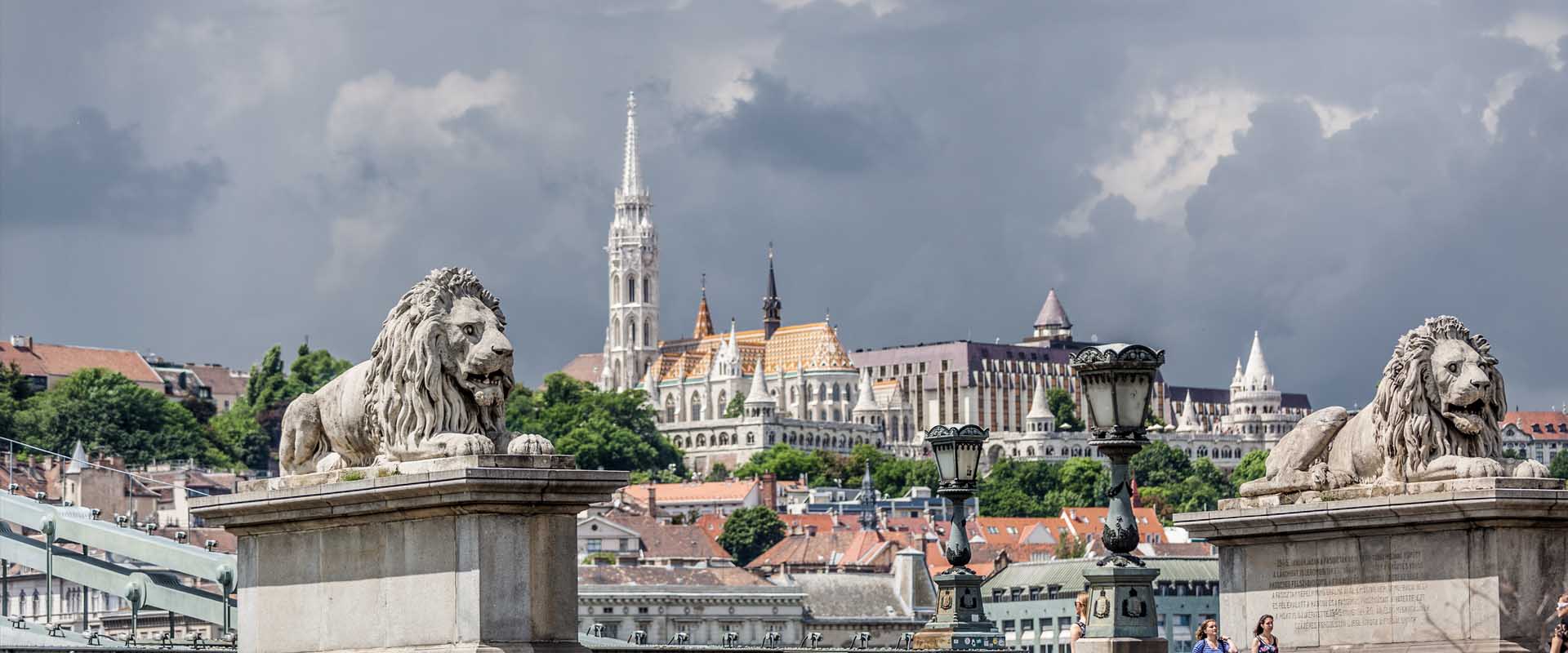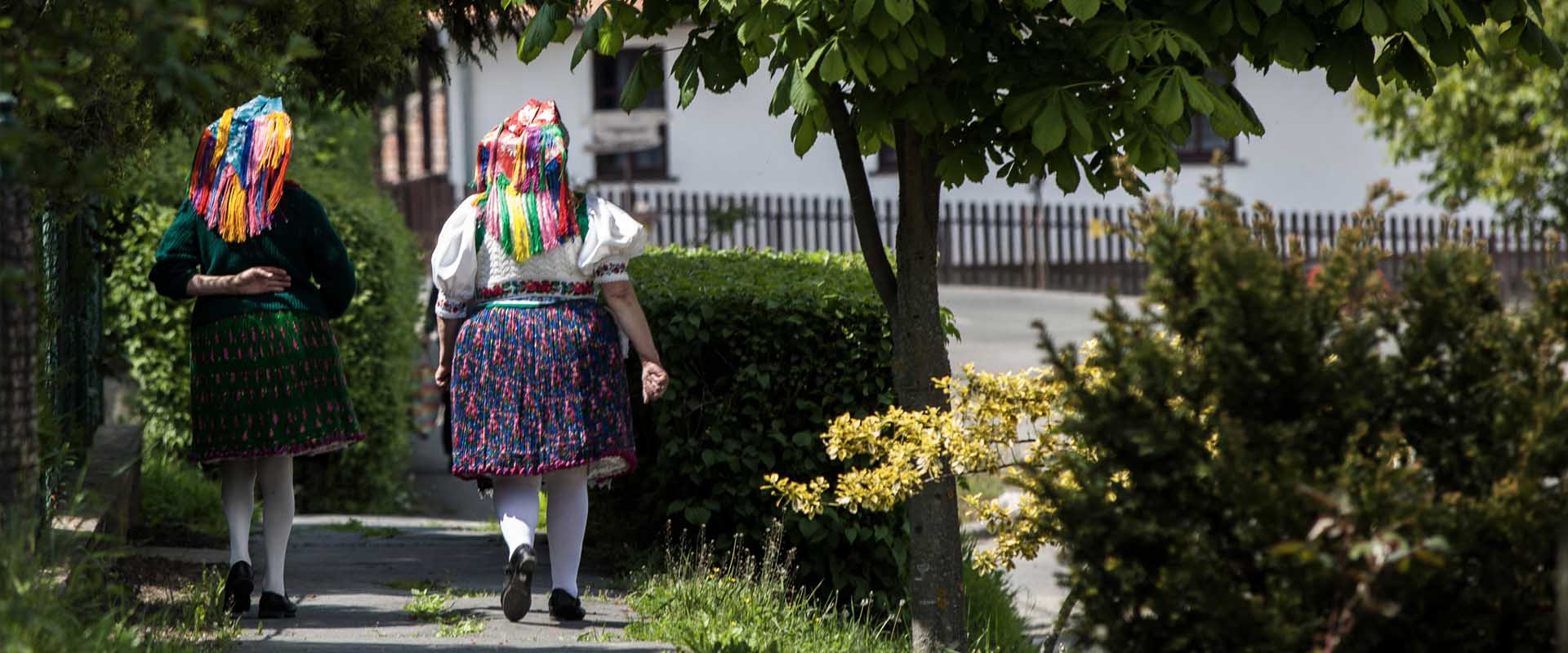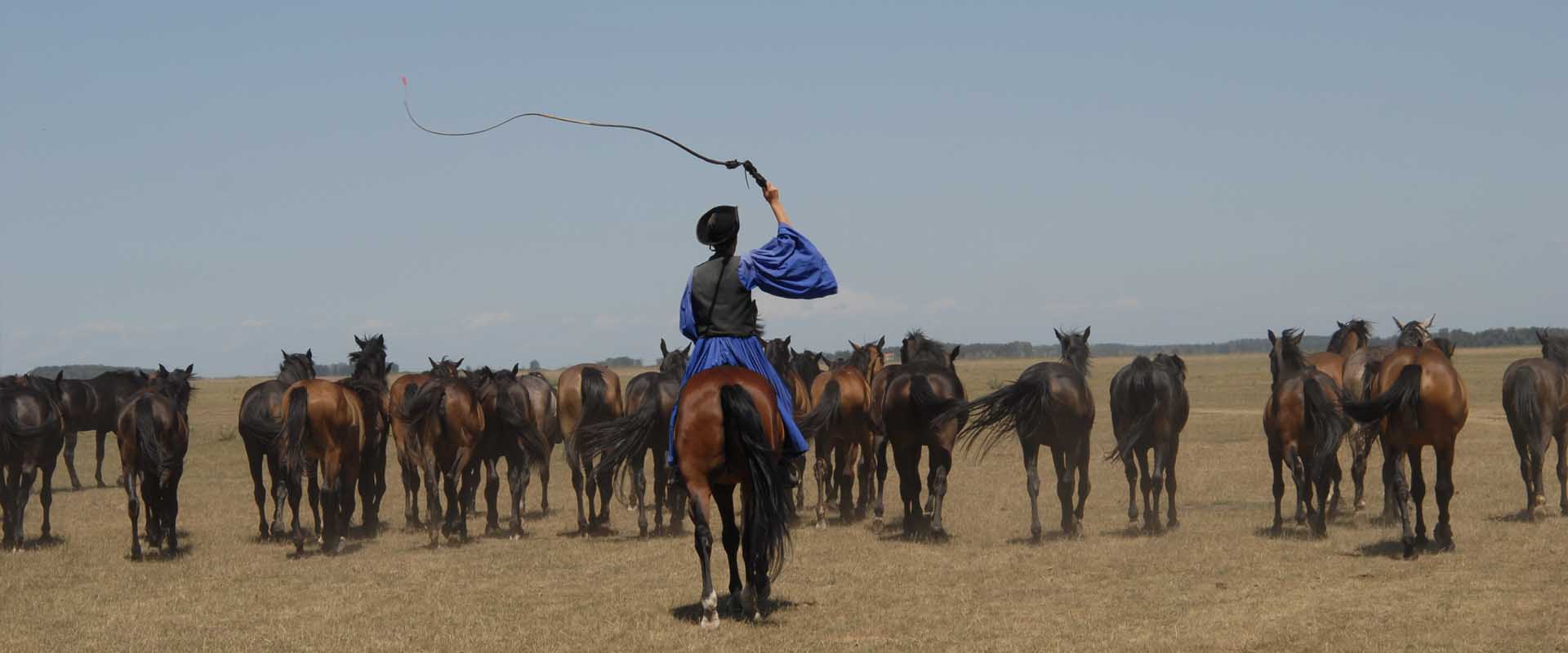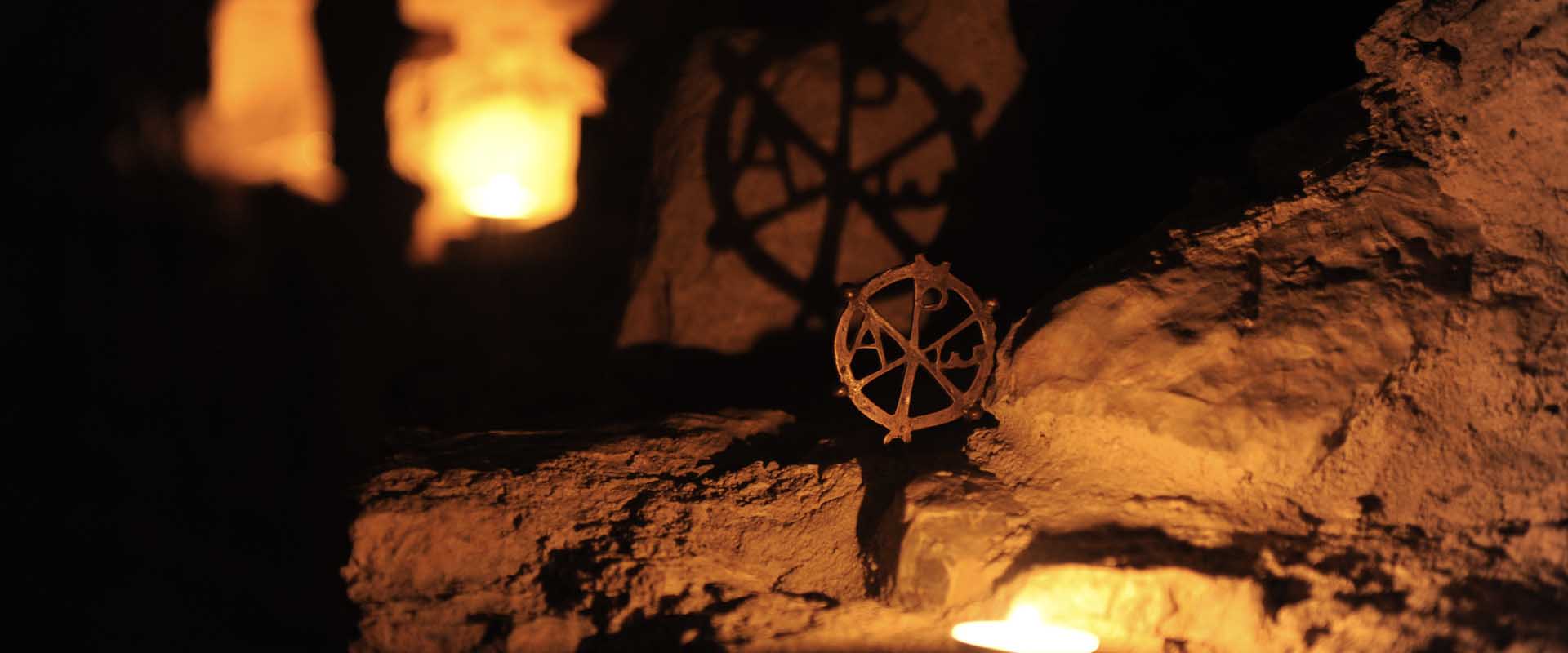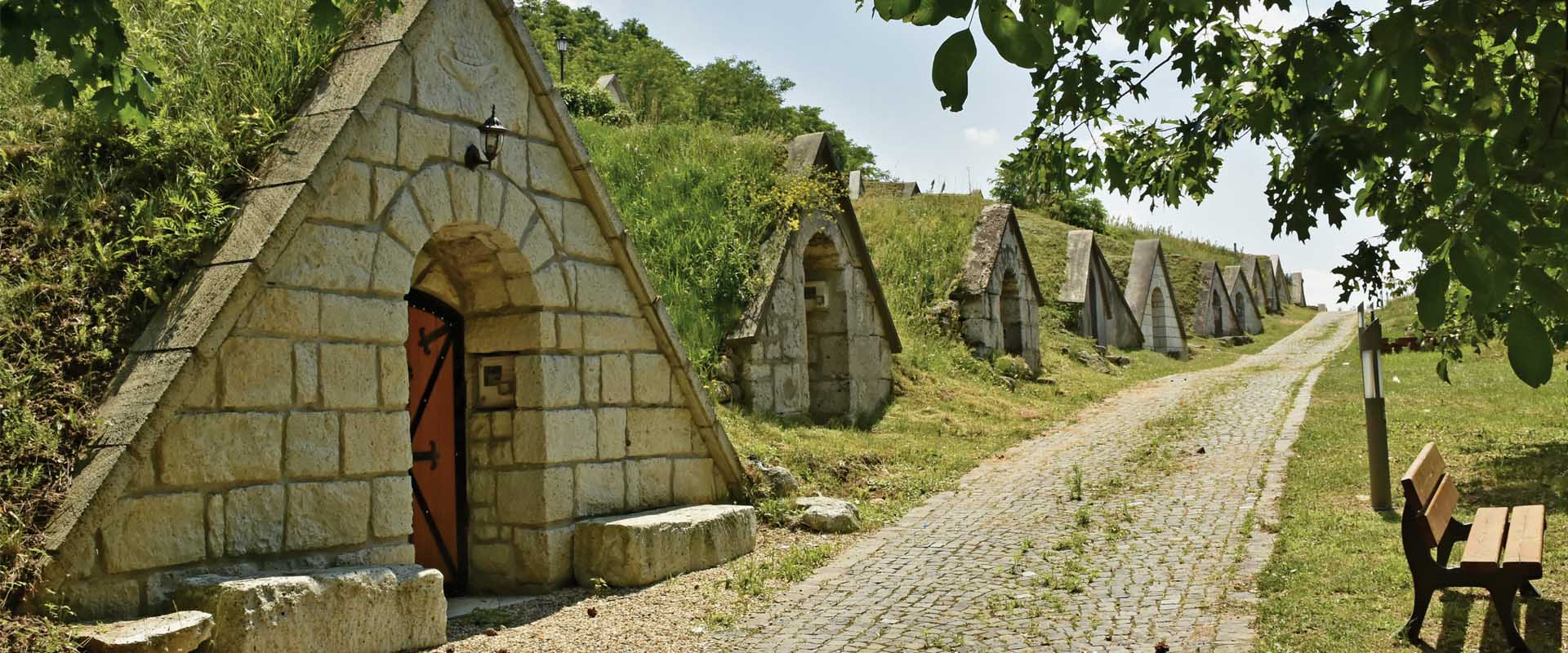The breath-taking panorama of Budapest on the two banks of the Danube, Hollókő, still lives its Palóc traditions, the unique stalagmites of the caves of the Aggtelek karst, the thousand-year-old Benedictine spirit of Pannonhalma, the endless horizon of the Hortobágy, the mysterious Early Christian Necropolis of Pécs, the thousand-faced cultural landscape of Fertő and the honey-sweet liquid golden wine of Tokaj-Hegyalja –Hungary contributes to the outstanding cultural and natural heritage of humanity with these sites, which are inscribed on the World Heritage List.
The UNESCO World Heritage Convention, adopted in 1972, aims to protect natural and cultural values of outstanding importance and to conserve them for future generations. Hungary acceded to the international treaty - currently adopted by 194 states parties - in 1985 and since then eight Hungarian sites have been inscribed on the World Heritage List, one in the natural and seven in the cultural category. The Convention provides for the inscription on the World Heritage List of sites that are of unique significance not only for a particular country but for humanity as a whole. This uniqueness is embodied in the outstanding universal value of World Heritage sites.
























